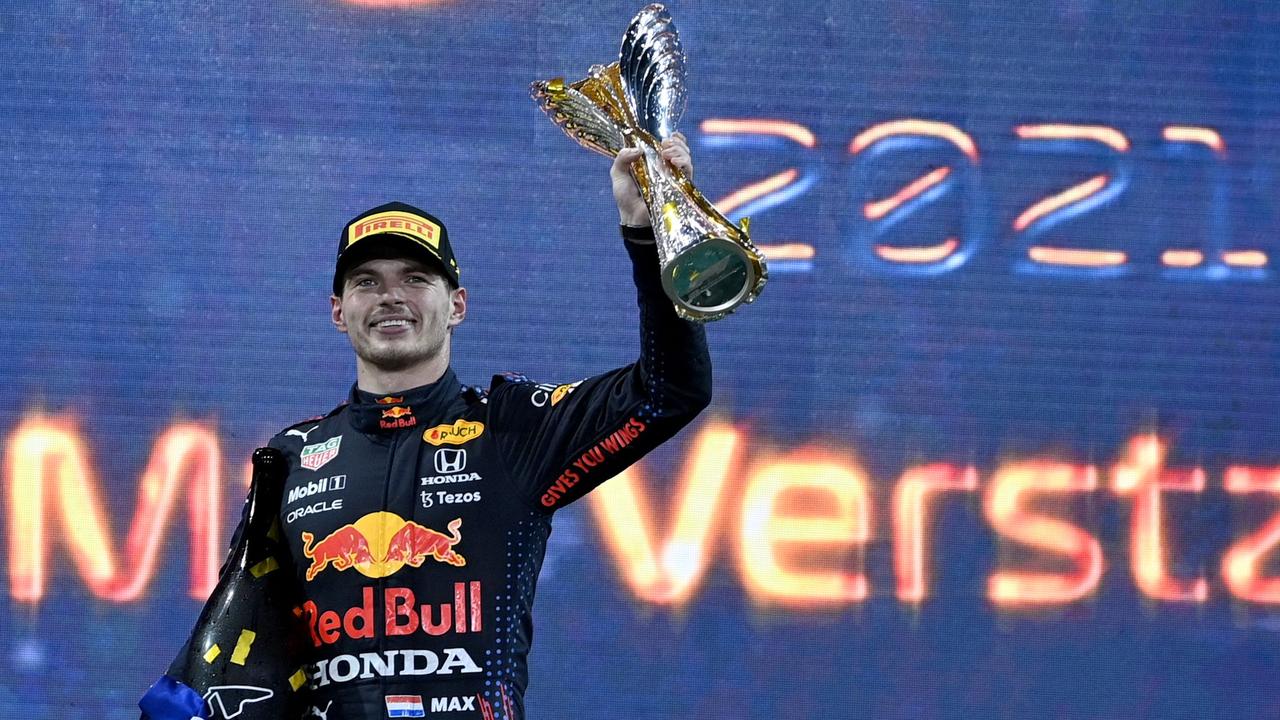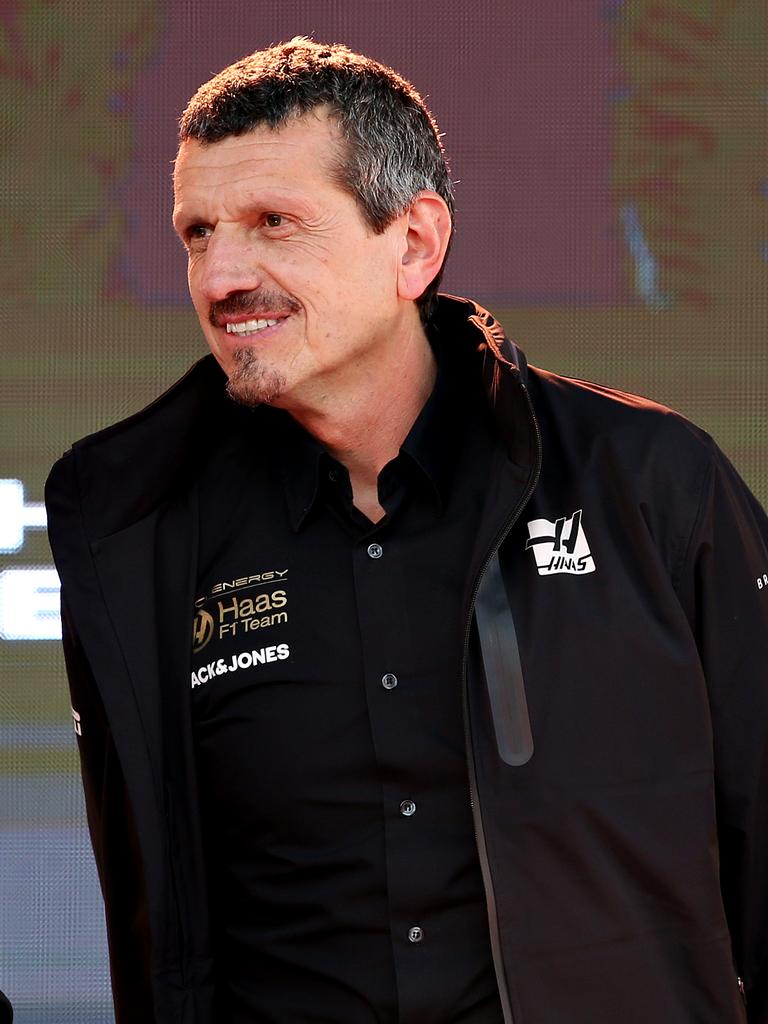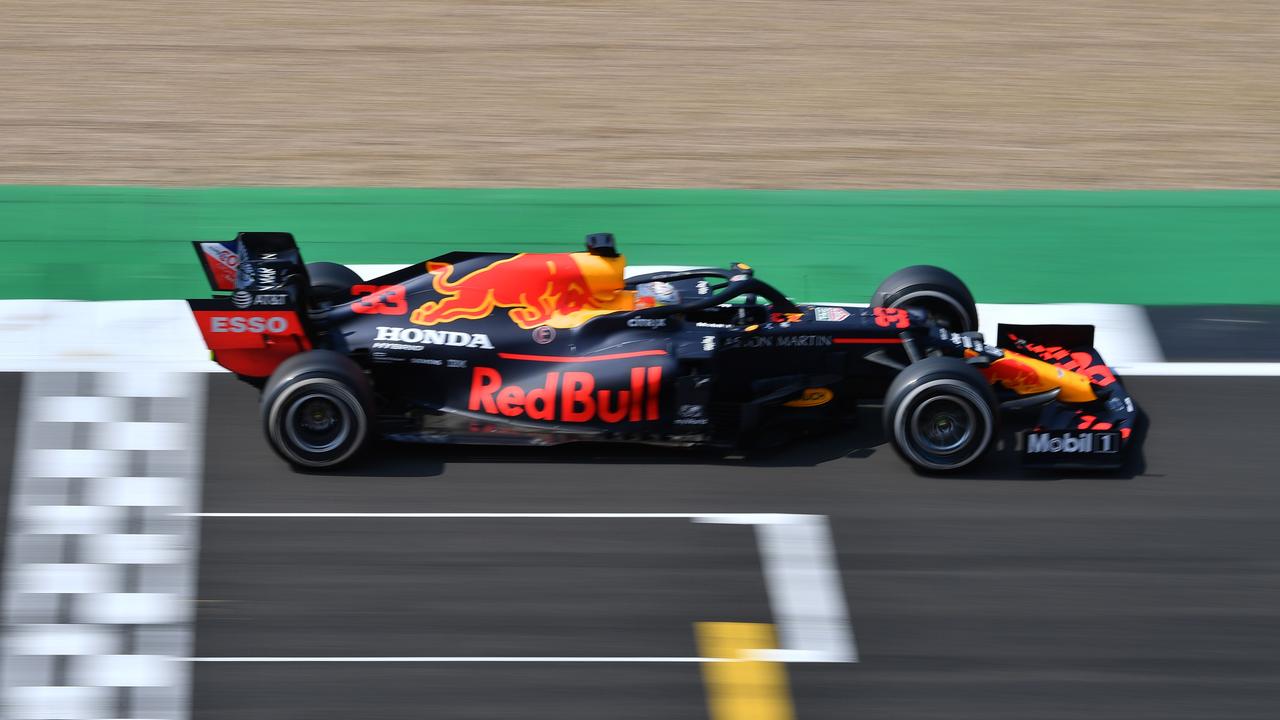What F1 tells us about managing for luck
A team leader in Formula One has some stark lessons for every Australian boss who wants a workplace with high-octane results.

Business
Don't miss out on the headlines from Business. Followed categories will be added to My News.
Some down time over the long weekend offered a chance to catch up on streaming and soon this meant I had came across a Netflix fly-on-the-wall series about the ups and mostly downs of Formula One racing.
I’m a very distant follower of the sport and was largely indifferent to the pre-Christmas drama in which Mercedes made a desperate appeal to have their champion driver Lewis Hamilton win the series. Mercedes later withdrew this and Red Bull’s Max Verstappen went on to lay claim to his first Formula One championship.
But what the series Formula One: Drive To Survive does is take even the most disinterested viewer deep into the sport, behind the glamour of the top few teams and into the battle for the midfield.
This is where the real drama unfolds among the laggards in a competition that on paper more often than not doesn’t add up in terms of raw risk and dollars.

Formula One is a multi-billion dollar juggernaut that visits all corners of the globe across 23 races. As one of a handful of truly global sports that runs through the year, it delivers massive viewer numbers and more recently a younger audience as the average age of new drivers is getting younger. In Australia Fox Sports and streaming partner Kayo broadcast the entire season.
But more than a documentary about sport, the Netflix series is a real life case study into what’s involved in the business of managing high-performing teams.
For much of the series this involves following races between 2018 and 2019 – the pre-Covid era. The sport then is at its peak as teams and their massive entourage zip seamlessly across the globe. One week they are in Japan, the next they are in Melbourne, then they are in Texas, then in Abu Dubai – all in a blink of an eye.
The documentary follows teams under intense pressure that must make monumental decisions that can have big implications for winning or losing. Split-second choices also potentially impact the safety of employees – the drivers and pit crew.
In racing the stakes are sky high with hundreds of millions of dollars and big reputations on the line each season.
It’s about teams securing big results – a ‘win’ or top three market share; grappling with untested technology; managing expectations of owners and other stakeholders and picking up the pieces when things inevitably go off the rails.

To anyone running a big business this might sound all too familiar.
However, during the documentary there’s a lot of talk about intangible concepts which boil down to “luck” and “confidence”.
For the Formula One teams that are built around some of the most cutting-edge technology on the planet with hundreds mechanics and technicians working behind the scenes, the idea of luck and confidence shouldn’t be part of the equation.
But this is the real world and no matter how good the technology is, executives everywhere learn pretty quickly it’s the people that ultimately deliver the results.
Repeatedly Formula One drivers talk of being “unlucky”. Cars can have a run of “bad luck”. A string of losses saps every aspect of a team’s confidence.
It’s telling that the concept that a team’s nearly $200m budget hinges on the confidence of not only the driver but also a junior mechanic.
In the real world, business strives to eliminate luck, replacing it with ruthless execution. This is backed by process, testing and adaptability.
Midfield battle
One of the more interesting sidebars of the Netflix series follows the fortunes of a US-owned team: Formula One upstarts Haas Racing and its grounded Italian team director Guenther Steiner.
A northern Italian upbringing means Steiner comes across more Austrian than Italian and his homespun philosphy is used in the management of his two ego driven drivers: Frenchman Romain Grosjean and Dane Kevin Magnussen.
In Formula One a team director takes on the role of an AFL or NRL coach. But they are more deeply embedded in the business of the team with millions of dollars on the line every time the car goes onto the track.

Points often elude Steiner, who oversees the smallest of the race teams which is nearly entirely funded by US machine tool magnate Gene Haas, but in many of Steiner’s motivational speeches he urges his staff to keep the faith.
“We are having very promising results but no points … We just need to get a little bit lucky, we don’t need a lot of luck we just need to get rid of our unluckiness,” Steiner says in broken English during an end of season team dinner.
The 56-year-old has held senior roles in the big teams, Jaguar, which evolved into Red Bull racing, and he is acutely aware that Formula One is a war of attrition. “Nothing is impossible with enough money and resources,” he quips.
Figures sourced from online racing publication racefans.net report that during the 2018 season Haas had a budget of $US130m ($180m) and 250 employees. They were up against midfield rivals Renault, which spent $US190m and had 625 employees. And the dominant champions Mercedes and Ferrari, which each spent more than $US400m and both had in excess of 950 employees.
To be a challenger the business model of Haas therefore needs to be different. It was never going to beat Mercedes and Ferrari at their own factory-backed game.
Steiner also knows micro-goals are important. It’s not about winning but being competitive in the midfield. Aiming for fourth spot or dislodging competitor Renault is a better target than being first.
The design and construction of the Haas car is entirely outsourced. It uses off-the-shelf parts from a range of other manufacturers (including a Ferrari motor). This initially means his Frankenstein car is modestly competitive at times but Steiner quickly finds this is also his team’s undoing.

Operating under a virtual manufacturing model when things go wrong – as they soon do in the 2019 season as the car repeatedly struggles during races – Haas simply don’t have understanding about their own technology to pinpoint the error and fix the issues.
“The upgrades have not been working. Why is the car going slow?” Steiner demands of his top engineer, who can’t find an answer.
As the pressure builds on Steiner the management demands become intense. He is on the hook for keeping his team focused on the targets – something that is harder as the losses mount. He also spends a lot of time keeping his star talent – drivers – from tearing each other apart.
To be a disrupter is one thing but there needs to be clear understanding about what is being disrupted. Haas is attempting to upend the cost base and the business model of the big teams but has been let down on the process.
Disrupters range from the promise of new business models – low cost airlines to delivering a better outcome for consumers – think of Apple vs the once unassailable BlackBerry. Then think of Tesla whose billionaire founder Elon Musk has been richly rewarded for turning conventions surrounding auto technology on its head.
Steiner knows he has to change processes and “do something radical” or else nothing will change.

More recently Haas has recruited designers from Ferrari to bring back expertise rather than rely on Italian race car manufacturer Dallara. The driving roster have been turned over – including signing Mick Schumacher, the son of world champion driver Michael Schumacher.
And in some ways the disruption of Covid has since played into the hands of a smaller Formula One teams like Haas – which still finished last this year.
The introduction of budget caps through the competition means that teams this season were restricted to spending $US145m. This cap steps down to $US135m by 2023.
This is forcing massive structural change in the big three teams Mercedes, Ferrari and Red Bull. And it sends a lifeline to the mid-sized and smaller teams that are used to doing things meaner and leaner. But Steiner, who will be back again with his Haas team next year has already set high expectations.
“We can do OK, but doing OK is bad”.
johnstone@theaustralian.com.au
Originally published as What F1 tells us about managing for luck







